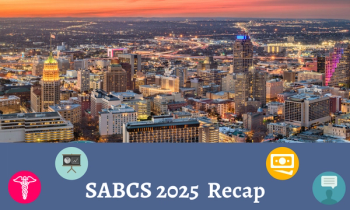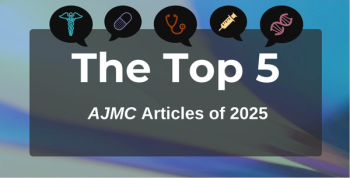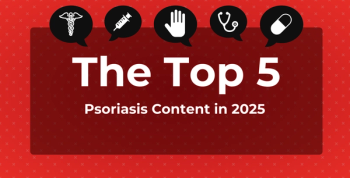
How HR Practices, Priorities Are Shifting Post Pandemic for Health Care Organizations
The Accurate Healthcare Insights survey identified notable changes in human resources policies and practices for health care organizations during the pandemic, with technology use projected to increase by 60% compared with prepandemic levels.
As COVID-19 continues to have a major influence on strategies to address staffing
With a return to a more
According to the recent Healthcare Insights survey conducted by Accurate Background, there was a 60% increase in the use of technology for recruiting, hiring, and onboarding during the pandemic, a trend that is predicted to remain at these new levels.
Polling 240 US health care organizations via email from November 2020 to January 2021, in which 58% of respondents were HR professionals and 30% were in talent acquisition, the survey found that 70% have integrated video interviews in their hiring process and 74% plan to do so in the future, a significant increase from the 29% of organizations who used video interviews before the pandemic.
Moreover, the researchers indicated that use of electronic I-9 services is projected to increase by 40% over prepandemic use, along with electronic submission of candidate documentation for background screening, projected to increase by 36%. With this growing technological transition, the researchers note that organizations should consider the need for more integrated tech stacks and IT personnel/experts to promote data privacy and strengthen cyber security.
"The health care landscape has never been more dynamic and complex, as demand for qualified workers across the industry continues to fluctuate in response to the pandemic," said Karen Moore, director of healthcare, Accurate Background, in a
In response to the pandemic, 49% of respondents have implemented strategic workforce planning, a preventive strategy to measure and address changes in staffing needs according to the broader objectives of the organization. A further 32% were said to be working on the strategy, and 19% indicated they do not yet have this type of plan in place.
With 41% of respondents noted to be concerned about planning for uncertain staffing levels, 82% of organizations have started cross-training employees to fill staffing gaps and 71% are planning to use contingent staff. In addressing staffing needs, health care organizations were found to source talent primarily from other states (61%), followed by from other industries (55%) and from overseas (24%).
“We're encouraged to find evidence that health care HR departments are playing a more prominent role in advancing their organization's business goals, and the majority are embracing technology in new ways to streamline recruiting, hiring, and onboarding practices."
Newsletter
Stay ahead of policy, cost, and value—subscribe to AJMC for expert insights at the intersection of clinical care and health economics.








































